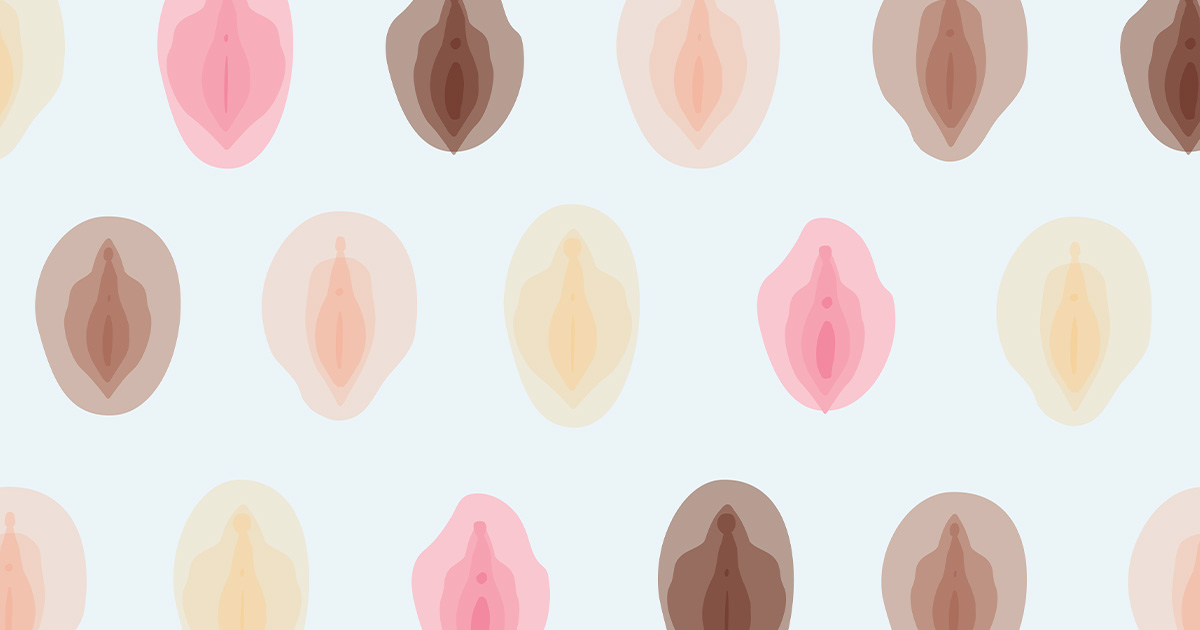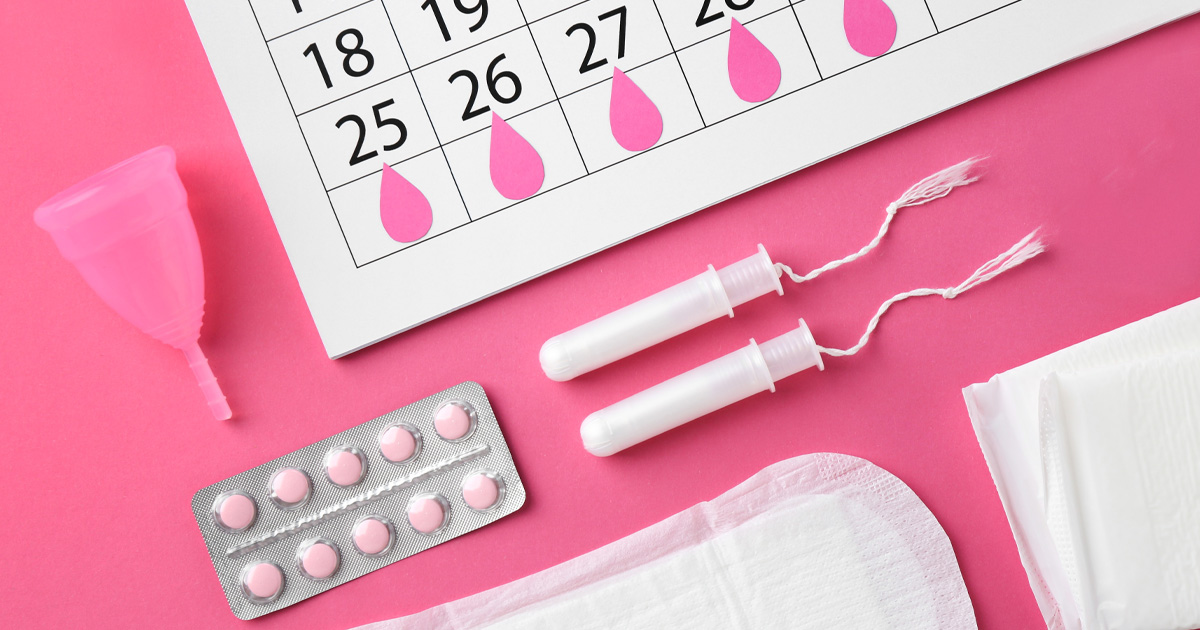
Self-care, What's Up, Down There
What’s That Bump? A Guide To Decoding Below-The-Belt Bumps
Ever noticed a little bump or lump down there? It’s totally normal to experience some changes in your body from time to time. While it can be alarming, it’s important to remember many causes of bumps can be harmless. In this article, we’ll explore what’s normal versus what’s not and arm you with the education you need to have confident conversations about your health.
Common Causes of Vaginal/Vulvar Bumps
There is a range of reasons you can experience a lump or bump in your genital area – from skin irritations to a more serious concern like an STI. Below are some of the most common causes and how to decode what’s what.
Ingrown Hairs: If you shave or wax your pubic hair, it’s common to experience ingrown hairs around your pubic area. Ingrown hairs may look and feel like a painful pimple and are caused when hair growth gets trapped underneath the skin. They may appear red in color and may be sore to the touch. Typically, ingrown hairs will resolve on their own. You can also try speeding up the process by applying a warm washcloth for 10-15 minutes. This can help open the pores and release the trapped hair. If the hair is already poking through the surface, you can gently try removing it with sterilized tweezers.
Allergic reaction: Our skin is sensitive and can easily react to perfumes in things like our body wash or detergent causing an allergic reaction. If you’re noticing itchy bumps after trying a new product, it may be best to switch to a fragrance or dye-free version to help your skin calm down.
Cysts: Cysts are fluid-filled lumps that can form under the skin around the vagina. Cysts can be caused by a variety of reasons. Commonly cysts can occur as a result of injury or vigorous activity, such as during childbirth, which can’t be prevented. They can also be caused by a clogged duct or gland that has become filled with fluid, this can be prevented by practicing proper hygiene. Applying a warm compress several times a day may help the cyst go away. Typically, these types of cysts aren’t cause for concern, but they can become painful if infected. If you experience an infection, it’s important to contact your Axia provider.
Sexually Transmitted Infections (STIs): There are several forms of STIs that can cause bumps in the genital area. If you think you may have an STI, it’s important to contact your Axia Women’s Health provider right away. If left untreated, STIs can cause serious health concerns such as infertility. We offer discreet, confidential testing within the comfort of our care center and can help you get the right treatment quickly to address any concern.
A few of the common STIs that can cause bumps include:
- Genital herpes: Herpes is a common STI that can cause red, blister-like sores around your vulva. With herpes, you may also experience flu-like symptoms such as fever, body aches or swollen glands. You can also experience pain with urination and unusual discharge.
- Genital warts: Genital warts are caused by an STI called HPV (Human Papillomavirus). These types of bumps are typically small and appear in clusters and have a cauliflower like look. While you can’t fully cure HPV once you’ve contracted it, there are treatments that can be done to remove the warts such as topical medicines to a minor surgical procedure.
While HPV can’t be cured, there is a vaccine that can help prevent it. The HPV vaccine (Gardasil 9) is over 99% effective in protecting against nine high-risk strains, seven that cause cervical cancer and two that cause genital warts. The Centers for Disease Control and Prevention recommends vaccination begin for girls and boys aged 11 or 12, and that everyone aged 9 to 26 be vaccinated, ideally before a first sexual encounter. Select patients, from ages 27- 45, might also benefit from vaccination against HPV.
It’s always important to practice safe sex by using a barrier method (i.e. condoms, dental dams) to help prevent against STIs.
Differentiating Between Different Types of Bumps
While it’s not always easy to determine the exact cause of a bump without a medical evaluation, understanding the visual appearance and associated symptoms can help you get a better idea.
- Visual Appearance: Pay attention to the color, size, shape, and location of the bump. For example, ingrown hairs are often small, red bumps, while cysts may be larger and rounder.
- Symptoms: Note any accompanying symptoms, such as itching, pain, discharge, or bleeding. These symptoms can provide clues about the underlying cause.
When to Call Your Provider
While many genital bumps are harmless, there are instances when it’s important to seek medical attention. If you experience any of the following, it’s important to contact your Axia Women’s Health provider:
- Severe pain or discomfort
- Unusual discharge or bleeding
- Rapid growth of the bump
- Other possible symptoms of STIs (such as itching, burning, flu-like symptoms)
Remember, you know your body best! If something looks off/feels off, it’s always important to speak up and consult with your Axia provider.






















































